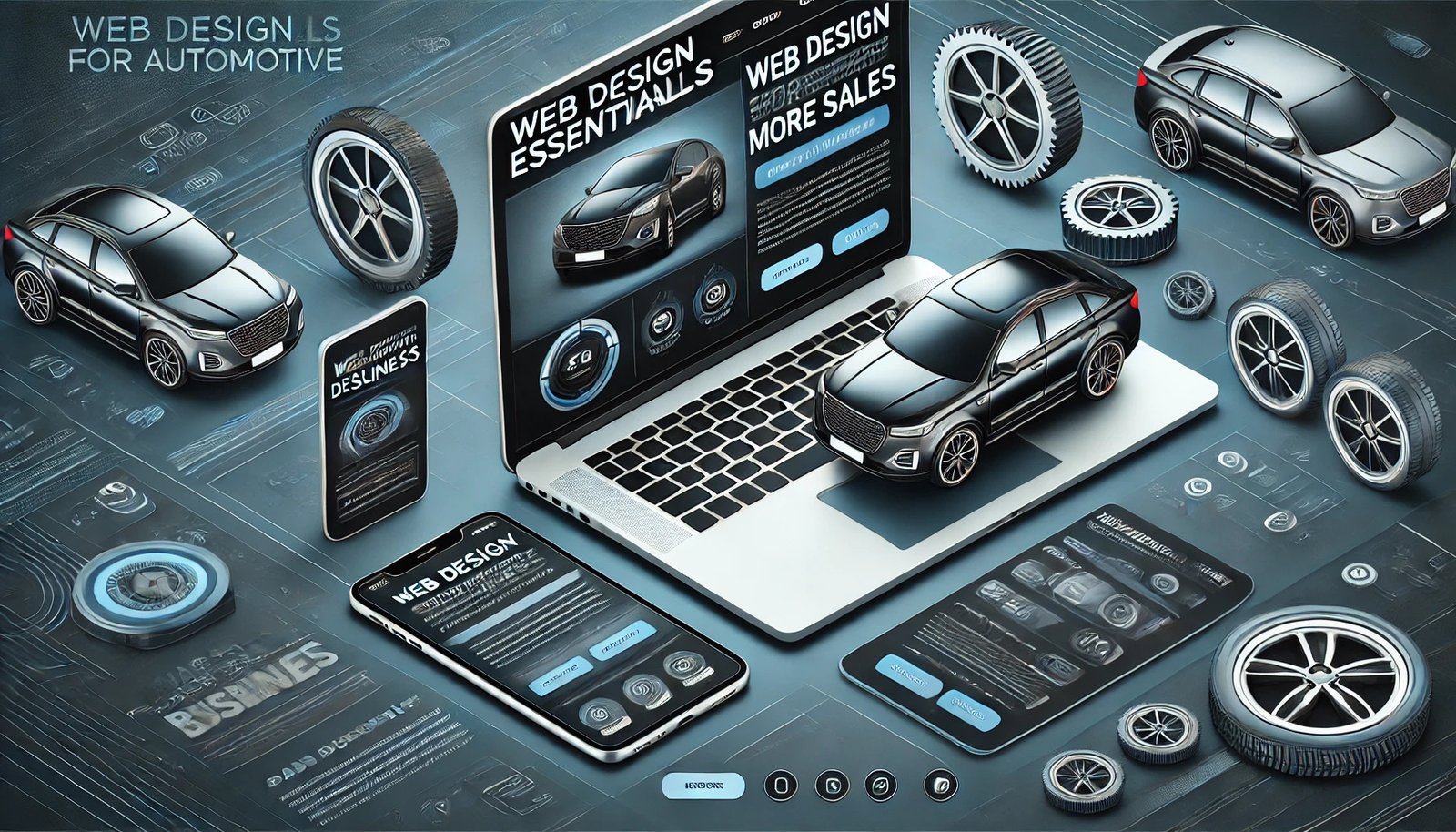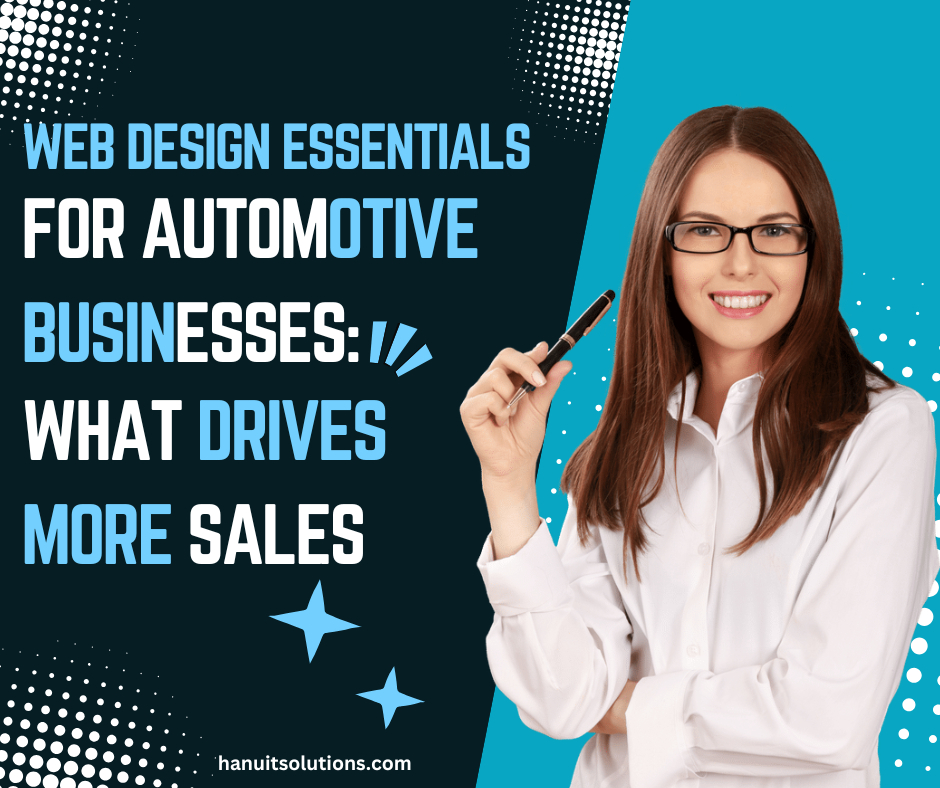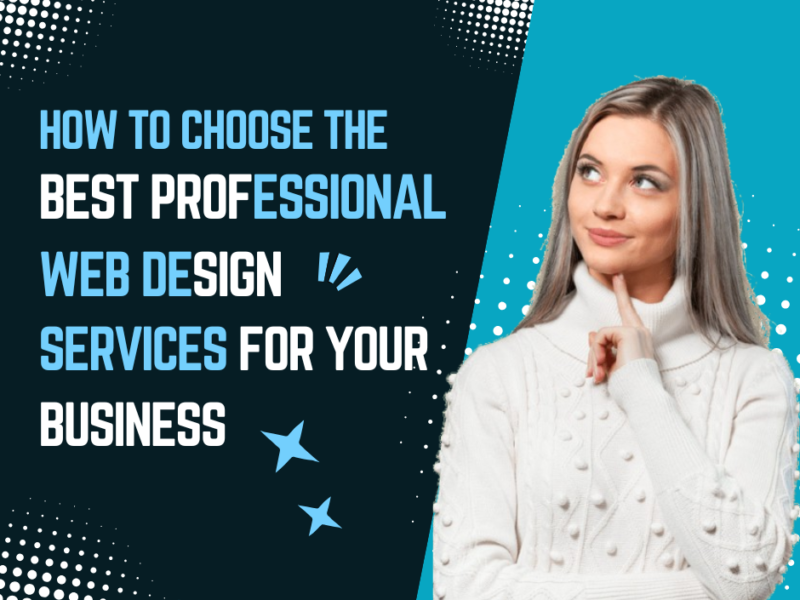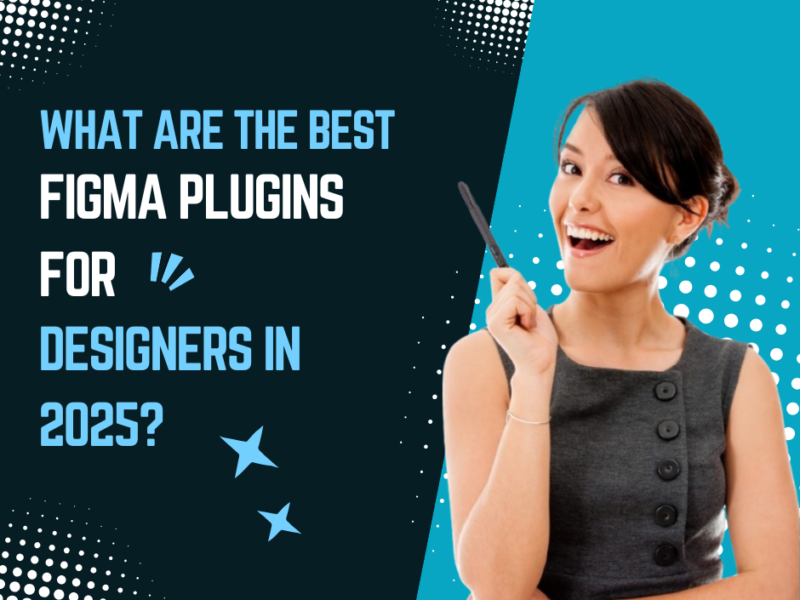Web Design Essentials for Automotive Businesses: What Drives More Sales
In the competitive automotive industry, having a well-structured and visually appealing website is crucial for attracting potential customers and increasing sales. Web design is pivotal in shaping user experience, influencing purchasing decisions, and establishing brand credibility. A well-optimized website can help automotive businesses generate more leads and conversions. This article will explore key web design essentials that drive more sales for automotive businesses.
The Importance of Web Design in the Automotive Industry
The automotive industry relies heavily on digital presence to engage customers and boost revenue. Consumers research vehicles compare models, and even complete purchases online. An effective web design enhances user experience, builds trust, and provides valuable information that encourages conversions. Below are the critical reasons why web design is essential for automotive businesses:
- First Impressions Matter: A poorly designed website can turn visitors away within seconds. A sleek and modern web design instills confidence and encourages further exploration.
- User-Friendly Navigation: A streamlined navigation structure ensures users can find information quickly, enhancing the browsing experience.
- Mobile Responsiveness: With a significant portion of users accessing websites via smartphones, mobile-friendly web design is crucial.
- Faster Load Times: A slow website can deter users and negatively impact search engine rankings.
- SEO Optimization: Good web design follows SEO best practices, improving visibility in search engine results and driving organic traffic.

Essential Web Design Elements for Automotive Businesses
1. Mobile-Friendly and Responsive Design
With a significant percentage of car buyers searching for vehicles on their mobile devices, having a mobile-friendly website is no longer optional—it’s essential. A responsive design ensures that your website adapts to any screen size, providing a smooth experience for users on smartphones, tablets, and desktops. This reduces bounce rates and increases engagement, ultimately leading to higher conversions.
Key Features:
- Fast-loading pages on mobile devices
- Easy navigation with a simple menu
- Clickable buttons and CTAs that are thumb-friendly
2. High-Quality Images and Videos
Visual appeal is crucial in the automotive industry. Customers want to see the vehicles in detail before making a decision. High-resolution images and professional videos help create a compelling visual experience that can influence buying behavior.
Best Practices:
- Use multiple high-quality images of each vehicle
- Include 360-degree view options
- Upload engaging videos showcasing car features and test drives
3. Clear Call-to-Action (CTA) Buttons
A well-designed automotive website should guide users toward taking action, whether it’s scheduling a test drive, requesting a quote, or applying for financing. Strategically placed CTAs increase conversion rates by making it easy for customers to take the next step.
Effective CTA Strategies:
- Use action-driven phrases like “Get a Quote” or “Schedule a Test Drive”
- Place CTAs prominently on the homepage and product pages
- Use contrasting colors to make CTAs stand out
4. SEO Optimization for Higher Visibility
Search Engine Optimization (SEO) plays a critical role in driving organic traffic to your automotive website. By optimizing your content and website structure, you can rank higher on search engines and attract more potential customers.
Essential SEO Strategies:
- Use relevant keywords like “Web Design Essentials for Automotive Businesses: What Drives More Sales” throughout your content
- Optimize meta tags, image alt texts, and headers
- Create high-quality blog content around automotive trends and tips
- Improve website loading speed and user experience
Also read: Local SEO Tactics for Law Firms to Outrank Competitors
5. User-Friendly Navigation
A cluttered and confusing website will drive visitors away. A well-structured navigation menu allows users to find what they’re looking for quickly and efficiently.
Best Practices:
- Keep the menu simple with clear categories (New Cars, Used Cars, Financing, Contact, etc.)
- Include a search bar for quick access to vehicle listings
- Ensure easy access to key pages, such as inventory and financing options
6. Trust-Building Elements
Building trust is essential for converting website visitors into buyers. Features like customer testimonials, reviews, certifications, and security badges reassure visitors that your dealership is credible and trustworthy.
Trust-Boosting Elements:
- Display customer reviews and testimonials prominently
- Show industry certifications and awards
- Use secure payment gateways and display SSL security badges
7. Fast Loading Speed
A slow-loading website frustrates users and leads to higher bounce rates. Studies show that a 1-second delay in page load time can reduce conversions by 7%. Ensuring fast load times is crucial for maximizing sales.
Tips for Speed Optimization:
- Optimize images to reduce file size without losing quality
- Use a Content Delivery Network (CDN) to improve loading speeds
- Minimize the use of heavy scripts and plugins
8. Integrated Online Booking and Financing Options
Modern automotive websites must offer online tools that streamline the car-buying process. Features like online booking for test drives and financing application forms make it easier for customers to take action without visiting the dealership.
Must-Have Features:
- Online appointment scheduling for test drives
- Instant financing calculators and application forms
- Live chat support for real-time assistance
9. Local SEO and Google My Business Optimization
Since automotive businesses typically serve specific regions, local SEO is crucial. Optimizing your Google My Business (GMB) profile ensures that your dealership appears in local searches, driving more foot traffic to your showroom.
Local SEO Strategies:
- Optimize your GMB profile with updated contact information, images, and reviews
- Use location-specific keywords in your content
- Encourage satisfied customers to leave reviews on Google
10. Social Media Integration
Social media platforms like Facebook, Instagram, and YouTube play a significant role in influencing car buyers. Integrating social media into your website allows visitors to engage with your brand across multiple channels.
Social Media Best Practices:
- Add social media icons to your website
- Embed Instagram and Facebook feeds showcasing customer experiences
- Use YouTube videos to highlight car reviews and dealership promotions
How Web Design Impacts Sales
A strategic web design can significantly impact sales by:
- Increasing lead generation through user-friendly interfaces
- Improving customer engagement with interactive features
- Enhancing brand credibility with professional aesthetics
- Encouraging repeat visits and referrals through seamless experiences
FAQs
Why is web design important for automotive businesses?
Web design enhances user experience, builds trust, and improves SEO rankings, all of which contribute to higher conversions and sales.
What makes a good automotive website?
A good automotive website should have a responsive design, fast load times, intuitive navigation, high-quality visuals, and clear CTAs to guide users through their buying journey.
How can I improve my automotive website’s SEO?
Use relevant keywords, optimize images and metadata, publish valuable blog content, and ensure mobile-friendliness to boost search rankings.
What role do images and videos play in automotive web design?
High-quality visuals help customers explore vehicles online, making it easier to make informed decisions without visiting a showroom.
How can I increase conversions on my automotive website?
Optimize your web design with compelling CTAs, customer reviews, live chat support, and a seamless checkout process to encourage conversions.
Conclusion
A well-designed website is the backbone of any successful automotive business. By implementing these web design essentials for automotive businesses: what drives more sales, you can create a website that attracts more visitors, builds trust, and ultimately increases conversions. From mobile-friendly design and high-quality visuals to strong SEO practices and online booking tools, every element contributes to a better user experience and higher sales. Investing in a high-performing website is the key to staying ahead in the competitive automotive industry.








